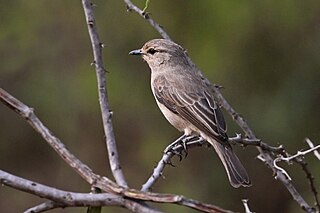 W
WThe African grey flycatcher, grayish flycatcher, or large flycatcher is a passerine bird in the Old World flycatcher family Muscicapidae that occurs in parts of East Africa.
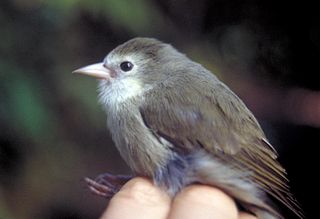 W
WThe ʻakikiki, also called the Kauaʻi creeper, is a critically endangered Hawaiian honeycreeper endemic to Kauaʻi, Hawaiʻi.
 W
WThe ʻanianiau, pronounced, is a species of Hawaiian honeycreeper that is endemic to upper elevation forests on the island of Kauai.
 W
WThe black-billed weaver is a species of bird in the family Ploceidae found in central Africa.
 W
WThe black-sided flowerpecker, also known as the Bornean flowerpecker, is a species of bird in the family Dicaeidae. It is found in Indonesia and Malaysia, where it is endemic to the island of Borneo. Its natural habitats are subtropical or tropical moist lowland forest and subtropical or tropical moist montane forest.
 W
WThe blacksmith thrush is a passerine bird belonging to the genus Turdus in the thrush family, Turdidae. It is native to eastern South America.
 W
WThe Bornean leafbird, also known as the Kinabalu leafbird, is a species of bird in the family Chloropseidae. It is found in humid forest in Borneo, to which it is endemic. It has traditionally been considered a subspecies of the blue-winged leafbird, but differ in measurements and morphology, the female Borneon leafbird having a distinctive male-like plumage. The distribution of the two are known to approach each other, but there is no evidence of intergradation.
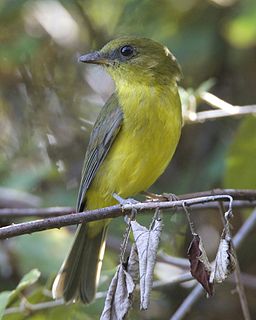 W
WThe Bornean whistler or Bornean mountain whistler, is a species of bird in the family Pachycephalidae. It is endemic to the island of Borneo.
 W
WThe Christmas imperial pigeon, Black imperial pigeon, Dusky imperial pigeon, Wharton's imperial pigeon, or burong pergam, is a large imperial pigeon endemic to Christmas Island in the northeastern Indian Ocean. It has an overall grey-blue colouration, and juveniles are duller than adults. It makes a soft purring coo sound and a deeper whoo sound comparable to a cow mooing. It lays one glossy white egg per brood, and is possibly somewhat colonial.
 W
WThe Christmas thrush, ia a subspecies of the island thrush. It is endemic to Christmas Island, an Australian territory in the Indian Ocean.
 W
WThe cinnamon-throated hermit is a species in the hummingbird family, Trochilidae. It is found in a broad dry to semi-humid belt along the southern edge of the Amazon Rainforest from far north-eastern Bolivia north-east to Maranhão in Brazil. Its natural habitat is tropical dry to semi-humid forest, Cerrado and woodland. With its wide range, it is considered a Species of Least Concern by the IUCN.
 W
WThe crested tit-warbler is a species of bird in the family Aegithalidae. It is found in China and possibly India. Its natural habitat is boreal forest. It generally has a red hint to it and a bit of blue on, or near, its wings. The tail is of an emerald green colour.
 W
WThe Ecuadorian cacique is a species of bird in the family Icteridae. It is found in Colombia, Ecuador, and Peru, where its natural habitat is subtropical or tropical moist lowland forest. A fairly common bird with a wide range, the IUCN has rated it a "species of least concern".
 W
WThe Ecuadorian tyrannulet is a species of bird in the family Tyrannidae. It is found in Ecuador and northern Peru. Its natural habitat is subtropical or tropical moist montane forests.
 W
WFischer's lovebird is a small parrot species of the genus Agapornis. They were originally discovered in the late 19th century, and were first bred in the United States in 1926. They are named after German explorer Gustav Fischer.
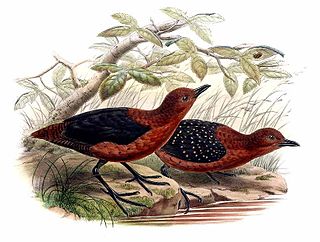 W
WForbes's forest rail or Forbes's forest crake, is a species of bird in the family Sarothruridae. It is found in New Guinea. Its natural habitats are subtropical or tropical moist lowland forest and subtropical or tropical moist montane forest.
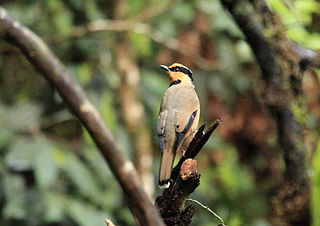 W
WThe fruithunter or fruit-hunter, also known as the black-breasted fruit-hunter, is an enigmatic species of bird currently placed with the typical thrushes in the family Turdidae. It is endemic to forests on the south-east Asian island of Borneo.
 W
WThe grey-sided thrush is a species of bird in the thrush family, Turdidae.
 W
WThe Guadalupe storm petrel is a small seabird of the storm petrel family Hydrobatidae. It is most likely extinct.
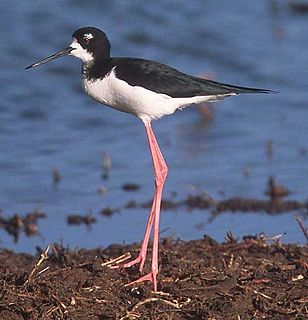 W
WThe Hawaiian stilt is an endangered Hawaiian subspecies of the black-necked stilt species. It is a long-legged, slender shorebird with a long, thin beak. Other common names include the Hawaiian black-necked stilt, the aeʻo, the kukuluaeʻo, or it may be referred to as the Hawaiian subspecies of the black-necked stilt.
 W
WThe Izu thrush or Izu Islands thrush is a bird of the thrush family native to Japan.
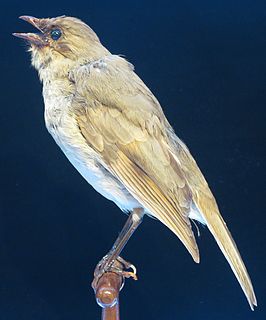 W
WThe kāmaʻo or large Kauaʻi thrush was a small, dark solitaire endemic to Kauaʻi in the Hawaiian Islands.
 W
WKozlov's accentor or the Mongolian accentor, is a species of bird in the family Prunellidae. It is found in Mongolia and northern China.
 W
WThe Malayan laughingthrush is a species of laughingthrush that was for some time included as a subspecies of the Trochalopteron erythrocephalum. This species is found in the extreme southern Thailand and peninsular Malaysia.
 W
WThe mountain fulvetta is a 14 to 15.5 cm long species of bird in the Alcippeidae family. It is found in Cambodia, Laos, Malaysia, Thailand, and Vietnam in subtropical or tropical moist montane forests.
 W
WThe mountain saw-wing, also known as the mountain rough-winged swallow or the Cameroon Mountain rough-winged swallow is a species of bird in the family Hirundinidae.
 W
WNewton's sunbird is a species of bird in the family Nectariniidae. It is endemic to São Tomé Island. It is one of the smallest sunbirds.
 W
WThe Nias hill myna or Nias myna is a member of the starling family. It is an endemic resident of Nias and other nearby islands off western Sumatra.
 W
WThe Oʻahu ʻelepaio is a monarch flycatcher found on the Hawaiian Island of Oahu.
 W
WThe Okinawa woodpecker , is a woodpecker endemic to the Okinawa Prefecture of Japan. It was previously placed in the monotypic genus Sapheopipo.
 W
WOustalet's tyrannulet is a species of bird in the family Tyrannidae. It is endemic to Brazil.
 W
WThe Peruvian sierra finch is a species of bird in the family Thraupidae.
 W
WThe red-throated parakeet, also called red-throated conure, is a species of parrot in the family Psittacidae. It is found in El Salvador, Guatemala, Honduras, and Nicaragua. Its natural habitats are subtropical or tropical dry forests and subtropical or tropical moist montane forests. Some taxonomists consider it to be a subspecies of the green parakeet.
 W
WThe rufous-tailed weaver is a species of songbird found in East Africa.
 W
WThe Ryukyu minivet is a species of bird in the family Campephagidae. It is endemic to Japan. The species was previously thought to be a subspecies of the ashy minivet. Its specific name is named for the Japanese naturalist Seiichi Tegima.
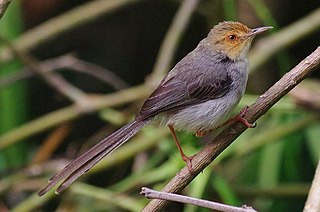 W
WThe São Tomé prinia is a species of bird in the family Cisticolidae. It is endemic to São Tomé and Príncipe and is found in the island of São Tomé. Its natural habitats are subtropical or tropical moist montane forest and subtropical or tropical moist shrubland. The species was named by José Vicente Barbosa du Bocage in 1887.
 W
WThe scaly-breasted illadopsis is a species of bird in the family Pellorneidae. It is found in Angola, Central African Republic, Democratic Republic of the Congo, Kenya, South Sudan, Tanzania, and Uganda. Its natural habitat is subtropical or tropical moist lowland forest.
 W
WThe slender-billed weaver is a species of bird in the weaver family, Ploceidae. It is found in central and western Africa.
 W
WThe slender-tailed woodstar is a species of hummingbird in the family Trochilidae. It is found in Argentina and Bolivia. Its natural habitats are subtropical or tropical dry forest and subtropical or tropical high-altitude shrubland.
 W
WThe Vega gull, East Siberian gull, or East Siberian herring gull is a large gull of the herring gull/lesser black-backed gull complex which breeds in Northeast Asia. Its classification is still controversial and uncertain. It is variously treated as a separate species, as a subspecies of the American herring gull or included with both the American herring gull and European herring gull in L. argentatus. The Mongolian gull, Larus mongolicus, has previously been regarded as a subspecies of the Caspian gull but is now sometimes lumped with the Vega gull.
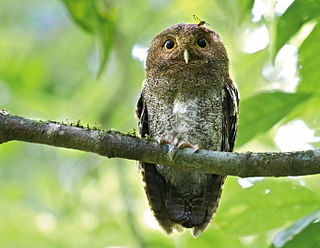 W
WThe vermiculated screech owl, is a species of owl in the family Strigidae. The taxonomy of this species and the Middle American screech owl can be confusing. When split, the name vermiculated screech owl is used for the population from eastern Nicaragua to Panama. When conspecific, the English name vermiculated screech owl is used, but M. guatemalae is used for the scientific name since it is older. Some taxonomists usually also include the "guatemalae" larger conspecific group with the foothill screech owl, M. roraimae and the Choco screech owl, M. centralis. Many authorities, including the American Ornithological Society, continue to call these species and M. guatemalae conspecific, while others, including the International Ornithologists' Union split them.
 W
WThe white-bellied canary is a species of finch in the family Fringillidae. It is found in Ethiopia, Kenya, Somalia, South Sudan, Tanzania, and Uganda. Its natural habitat is dry savanna.
 W
WThe white-billed crow is a member of the crow family found on the Solomon Islands.
 W
WWhitehead's spiderhunter is a species of bird in the family Nectariniidae. It is endemic to the island of Borneo. Its natural habitats are subtropical or tropical moist Montane forests. It is named after the British explorer John Whitehead (1860-1899) who collected natural history specimens in Borneo and elsewhere in Southeast Asia.
 W
WThe yellow-breasted boubou is a species of bird in the family Malaconotidae. It is found in the Cameroonian Highlands forests.
 W
WThe yellow-breasted warbler is a species of Old World warbler in the family Phylloscopidae. It is found in Indonesia, Malaysia, and Palawan Island in the Philippines. The species is most common on the islands of Sumatra and Borneo in Indonesia. Its natural habitats are subtropical or tropical moist lowland forest and subtropical or tropical moist montane forest.
 W
WThe yellow-collared lovebird, also called masked lovebird, Black-masked lovebird or eye ring lovebird, is a monotypic species of bird of the lovebird genus in the parrot family Psittaculidae. They are native to northeast Tanzania and have been introduced to Burundi and Kenya. Although they have been observed in the wild in Puerto Rico, they are probably the result of escaped pets, and no reproduction has been recorded.
 W
WThe yellow-crowned elaenia is a species of bird in the family Tyrannidae, the tyrant flycatchers. It is found in eastern Orinoco Basin Venezuela, the Guianas, and along the Amazon River corridor; also Colombia, Brazil, Guyana, Suriname, French Guiana, Ecuador and Peru.
 W
WThe yellow-crowned whitestart, Santa Marta whitestart or yellow-crowned redstart, is a species of bird in the family Parulidae. It is endemic to the highland forest and woodland in the Santa Marta Mountains in Colombia.
 W
WThe yellow-headed amazon, also known as the yellow-headed parrot and double yellow-headed amazon, is an endangered amazon parrot of Mexico and northern Central America. Measuring 38–43 centimetres (15–17 in) in length, it is a stocky short-tailed green parrot with a yellow head. It prefers to live in mangrove forests or forests near rivers or other bodies of water. It is sometimes considered a subspecies of the yellow-crowned amazon. It is a popular pet and an excellent talker. Poaching for the international pet trade has driven the species to near-extinction in the wild; around half of all wild-caught birds are thought to die in the process. The yellow-headed amazon is CITES I listed, and there are legal restrictions on its trade and ownership, including a certification system.